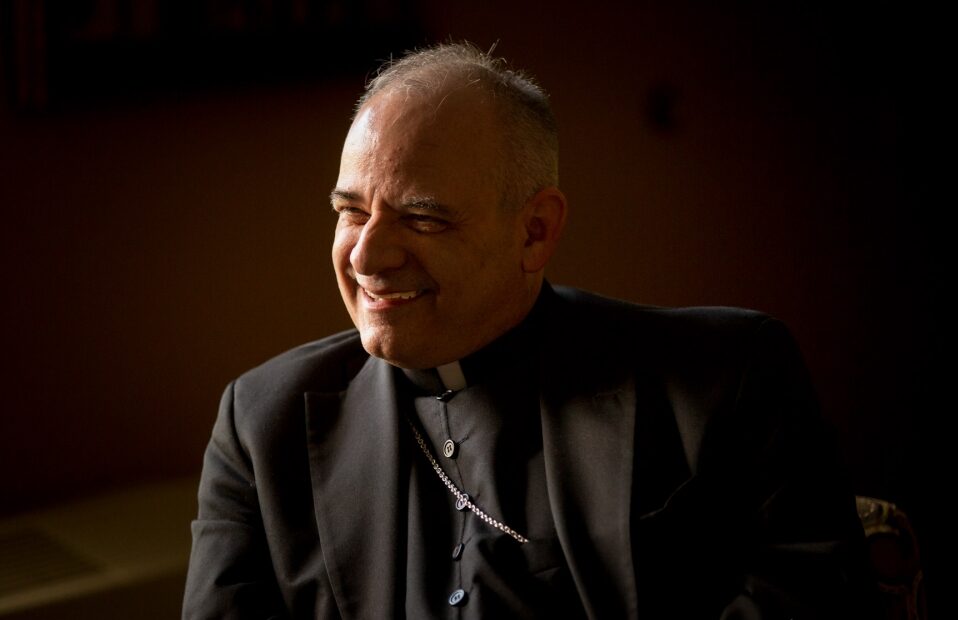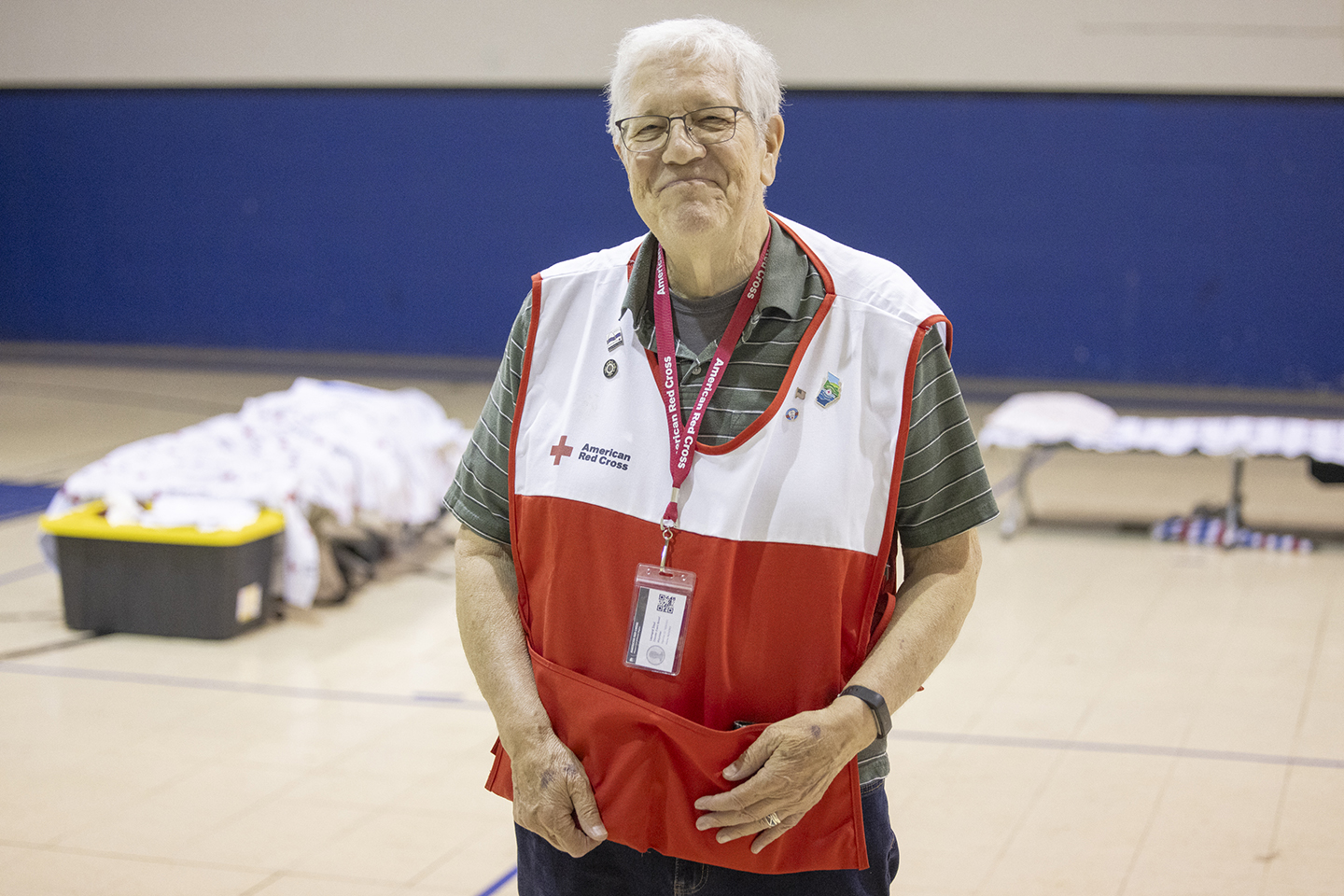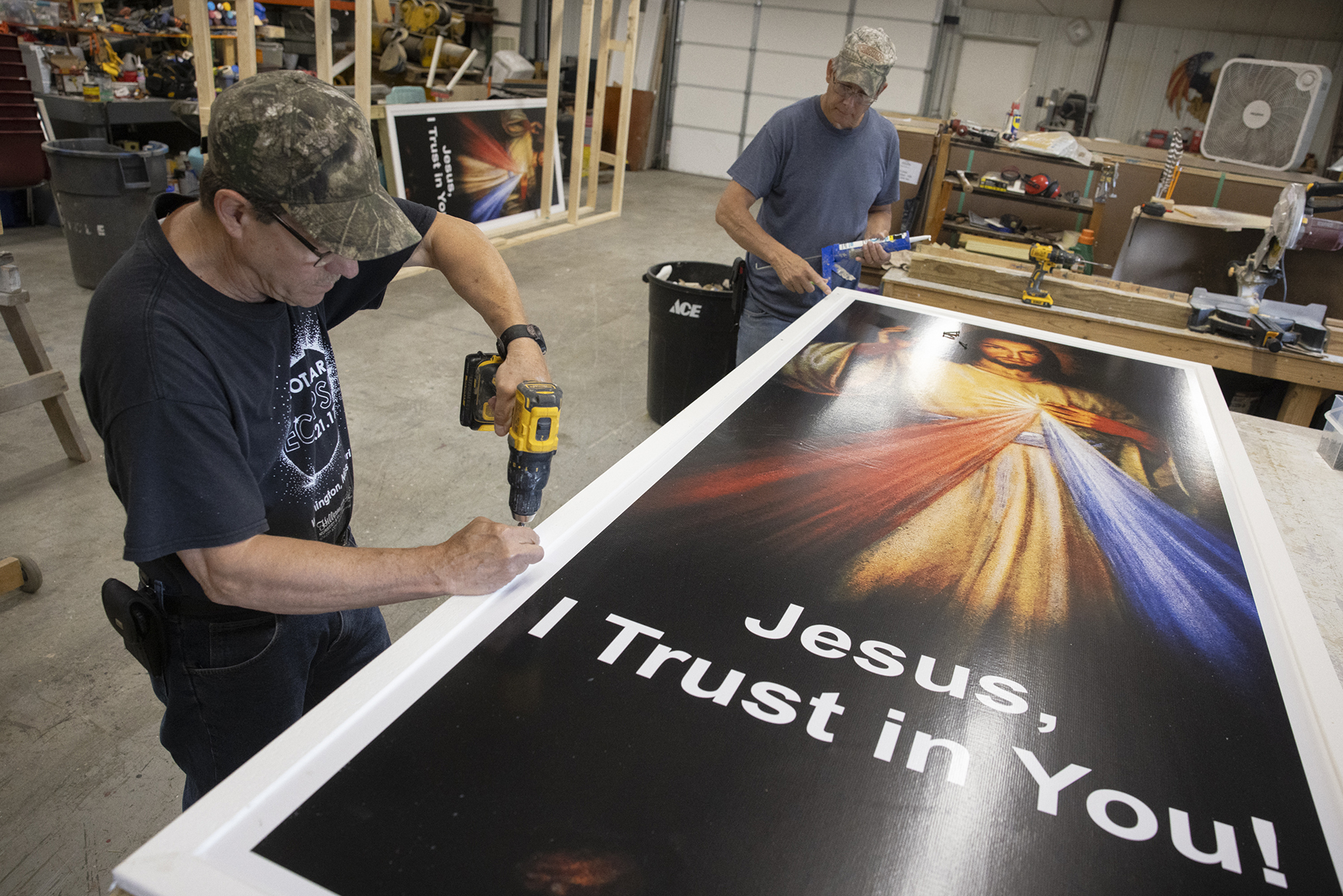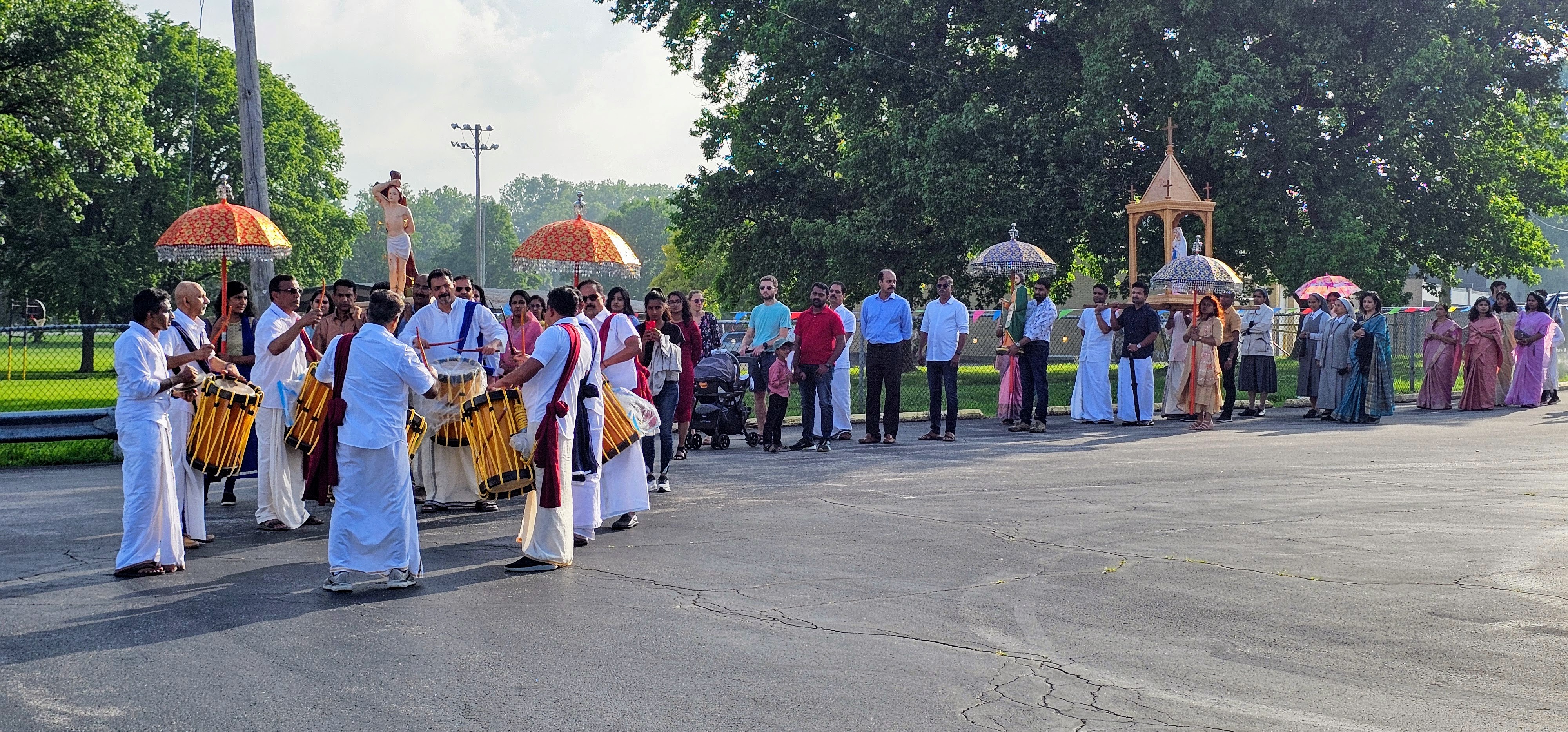Church records reveal a long connection with enslaved people of color
The majority of Black residents in St. Louis’ early days were enslaved, with many receiving religious instruction and baptism

The first sacramental register at the Old Cathedral was begun in 1766 by Jesuit Father Sebastian Louis Meurin, the first Catholic missionary to St. Louis. Among the entries in those earliest years are many people of African descent. The first evidence of a free Black family living in St. Louis comes from the first Old Cathedral register: the 1767 baptism of Jean Paul, son of Gregoire and Janette.
The majority of Black residents in St. Louis’ early days were enslaved. St. Louisans were governed by the slaveholding regulations included in the Code Noir, or the “Black Code,” enacted by the governor of Louisiana in 1724. Among the many provisions, the law decreed that all slaves be baptized and receive religious instruction. For this reason, the Old Cathedral registers contain the sacraments of many enslaved people owned by prominent St. Louisans, including clergy and bishops. The ninth entry in the baptismal register is for 12 children enslaved by Marie-Thérèse Chouteau. Their names were not recorded.
Bishop Joseph Rosati, a slaveholder himself, renovated an abandoned school in 1832 to serve as St. Mary’s Chapel for free and enslaved people of color. Bishop Rosati included separate worship spaces for people of color when he built the Old Cathedral in 1834. He wrote, “for their special use are two beautiful galleries, where the persons of both sexes belonging to this class may assist separately at the divine offices.” It is not clear where these spaces were located within the church.
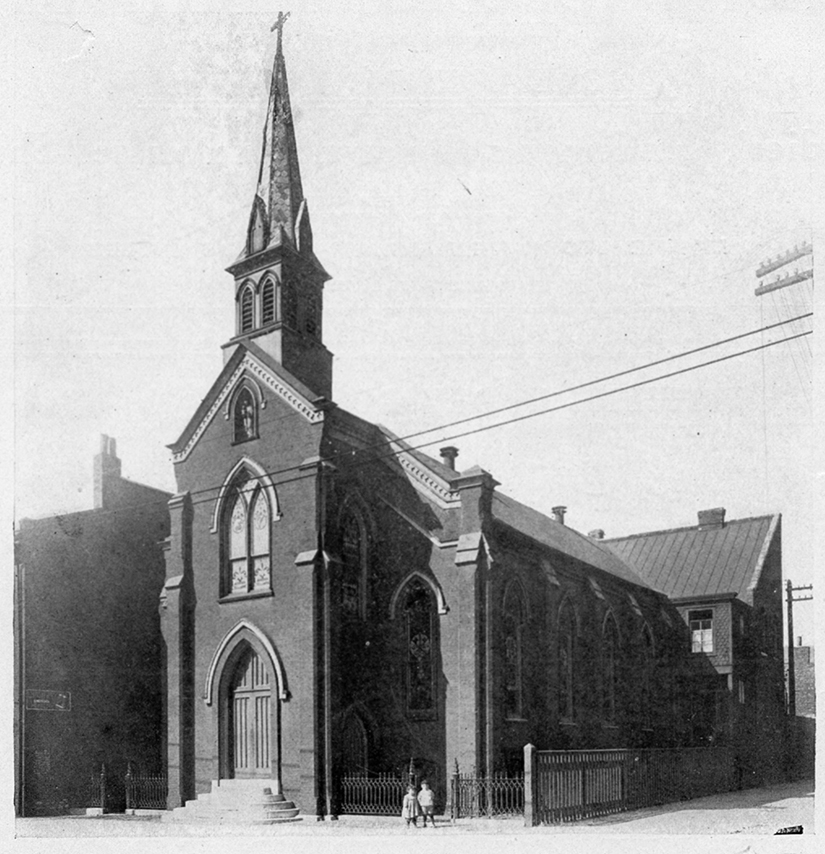
In 1845, the Sisters of St. Joseph of Carondelet opened a school at Third and Poplar streets for the daughters of free people of color. It was quickly closed when an angry mob violently harassed the sisters. Despite an 1847 Missouri ordinance banning the education of Black people, the Jesuits and the Sisters of Mercy renewed efforts on religious instruction in 1856 by conducting classes at Tenth and Morgan streets.
Organized pastoral care to Black Catholics in St. Louis was largely driven by the Jesuits, with efforts beginning as early as 1843. Under the care of the Jesuits, a segregated chapel was outfitted in the upper gallery of St. Francis Xavier Church in 1858. This continued as the primary worship site for Black Catholics until St. Elizabeth Parish and School was founded in 1873 by Jesuit Father Ignatius Panken. The Oblate Sisters of Providence, an order of women of African descent, came from Baltimore to teach at the school.
St. Elizabeth was the only designated parish for Black Catholics until 1926, when St. Nicholas was appointed as a Black parish by Archbishop John J. Glennon. St. Malachy followed in 1941. Some churches offered segregated pews to Black worshippers. In an effort to encourage integration, Archbishop Joseph Ritter decided to close the segregated churches and schools in 1951.
Schergen is an archivist with the Archdiocesan Archives.
In June 2021, the Archdiocese of St. Louis announced the initiative “Forgive Us Our Trespasses” to research persons enslaved by diocesan bishops and clergy. To learn more about the project, visit: https://stlreview.com/3yaUxLP
The first St. Francis Xavier Church was built in 1841 at present-day Lucas and Ninth Streets in St. Louis. There was a segregated chapel in the upper gallery of St. … Church records reveal a long connection with enslaved people of color
Subscribe to Read All St. Louis Review Stories
All readers receive 5 stories to read free per month. After that, readers will need to be logged in.
If you are currently receive the St. Louis Review at your home or office, please send your name and address (and subscriber id if you know it) to subscriptions@stlouisreview.com to get your login information.
If you are not currently a subscriber to the St. Louis Review, please contact subscriptions@stlouisreview.com for information on how to subscribe.


